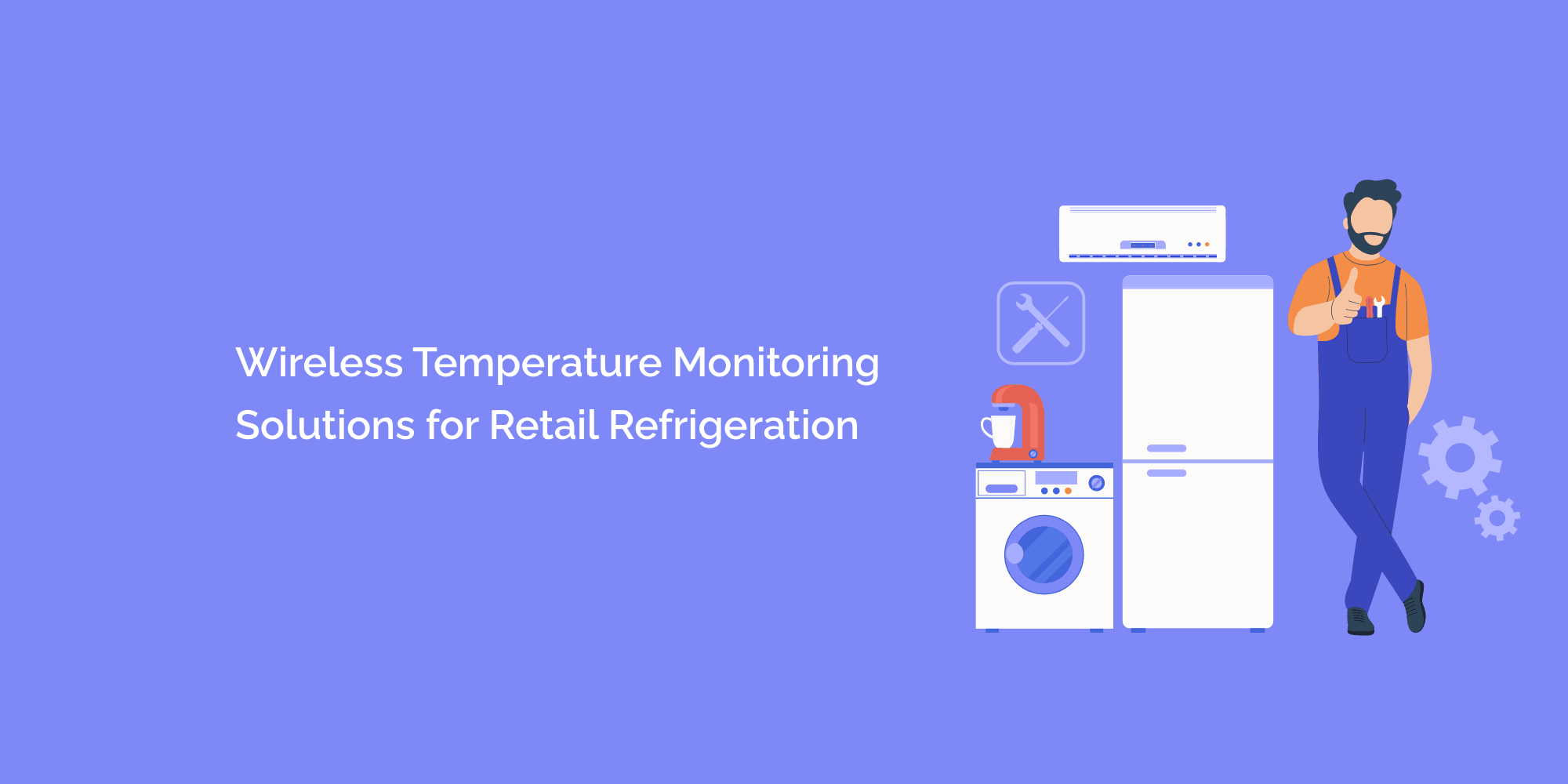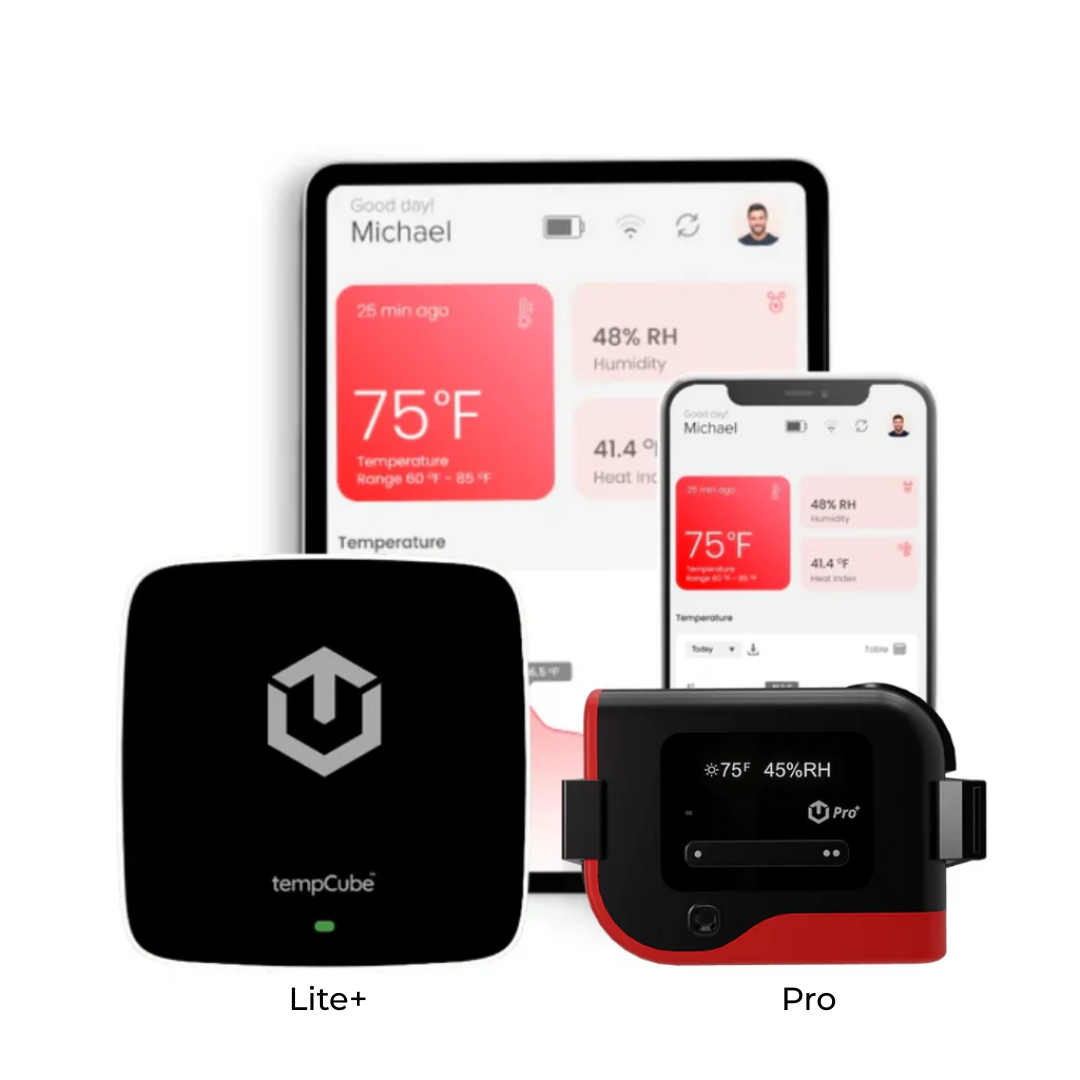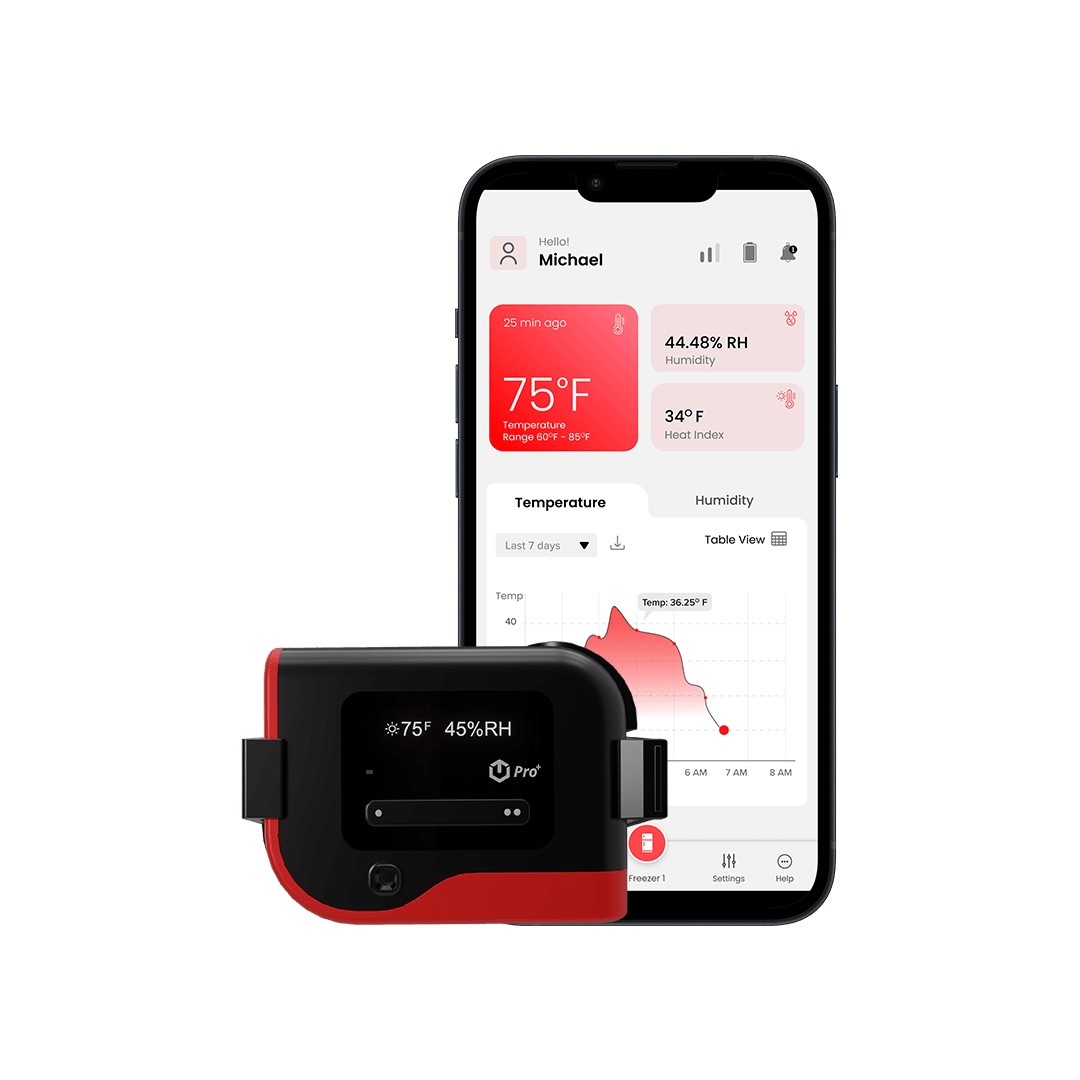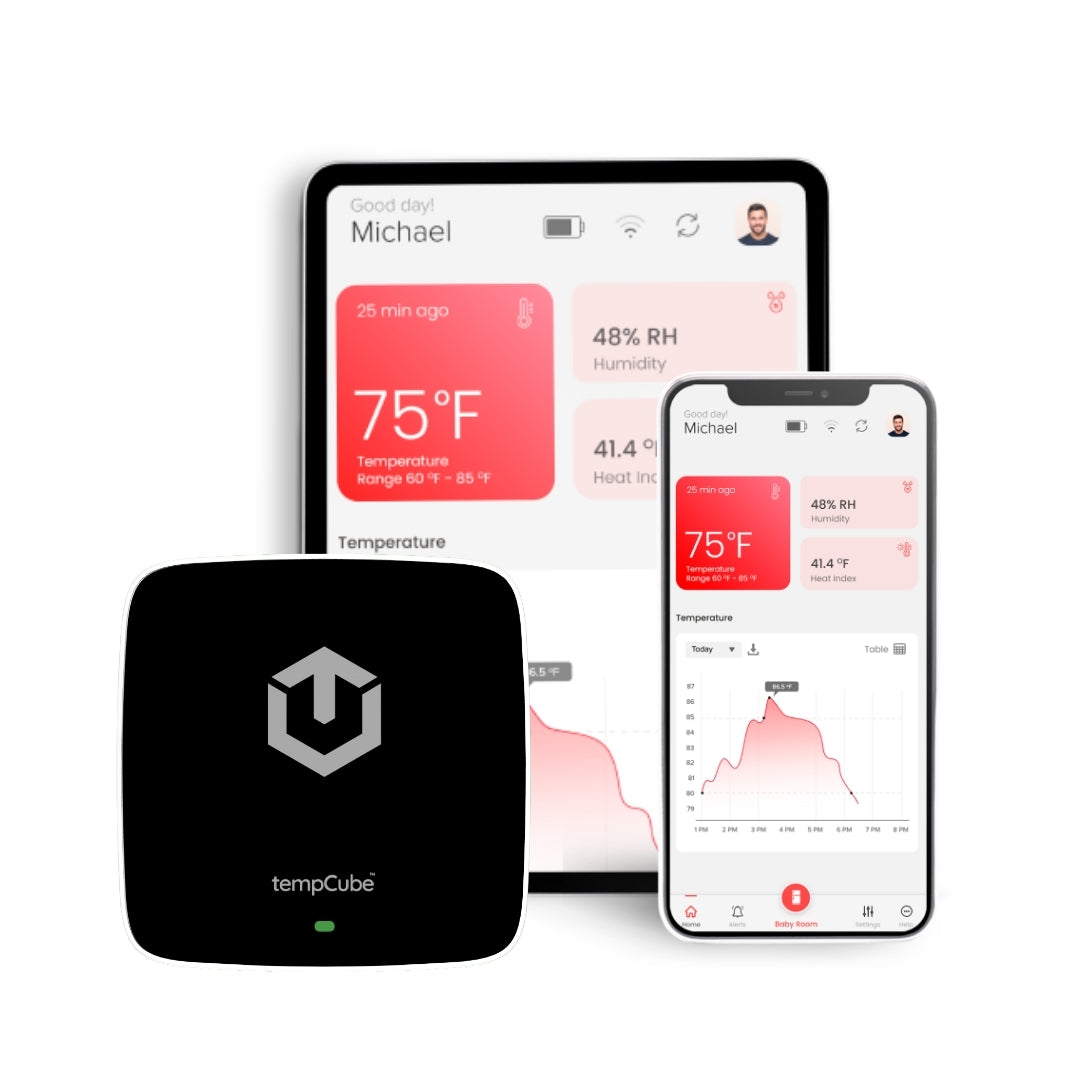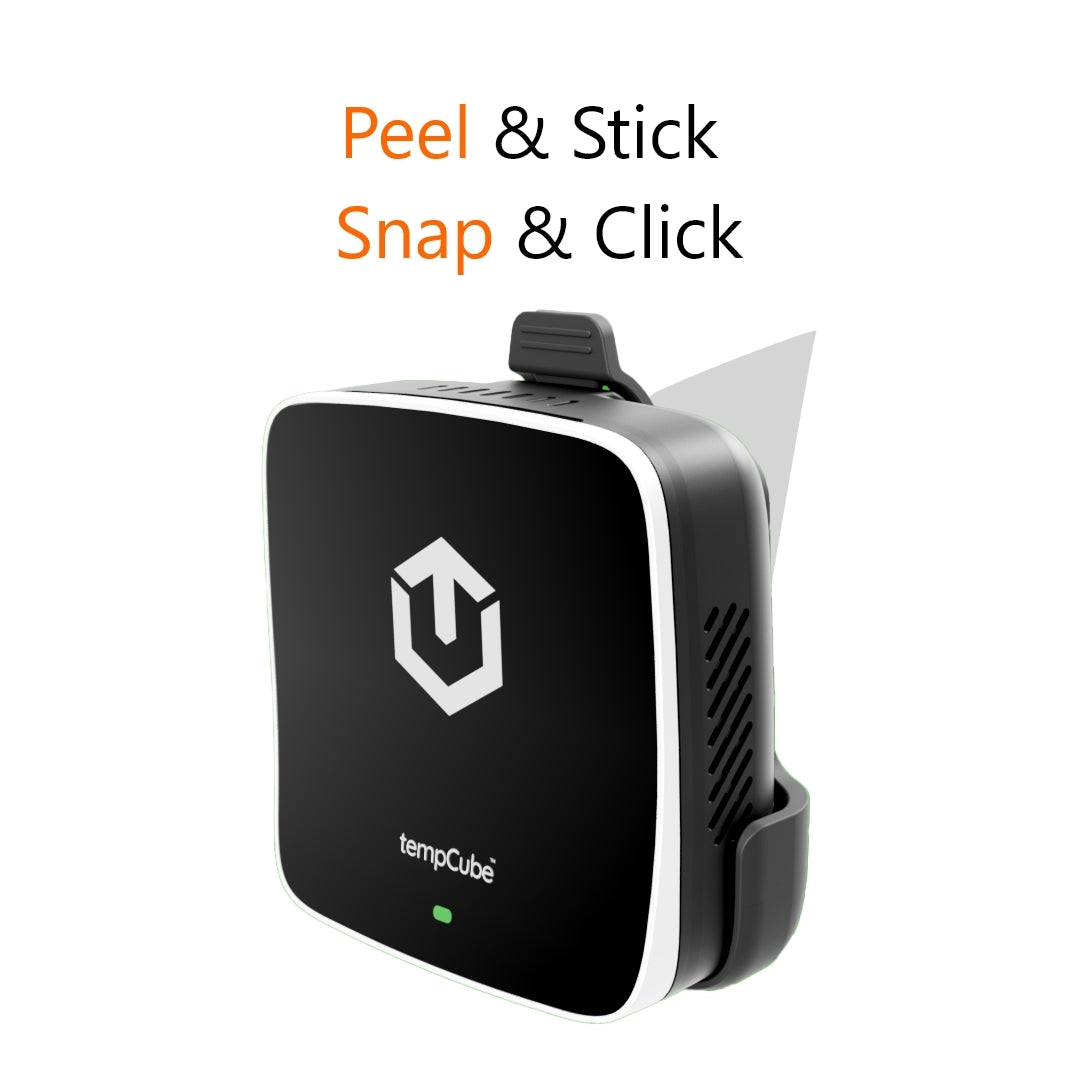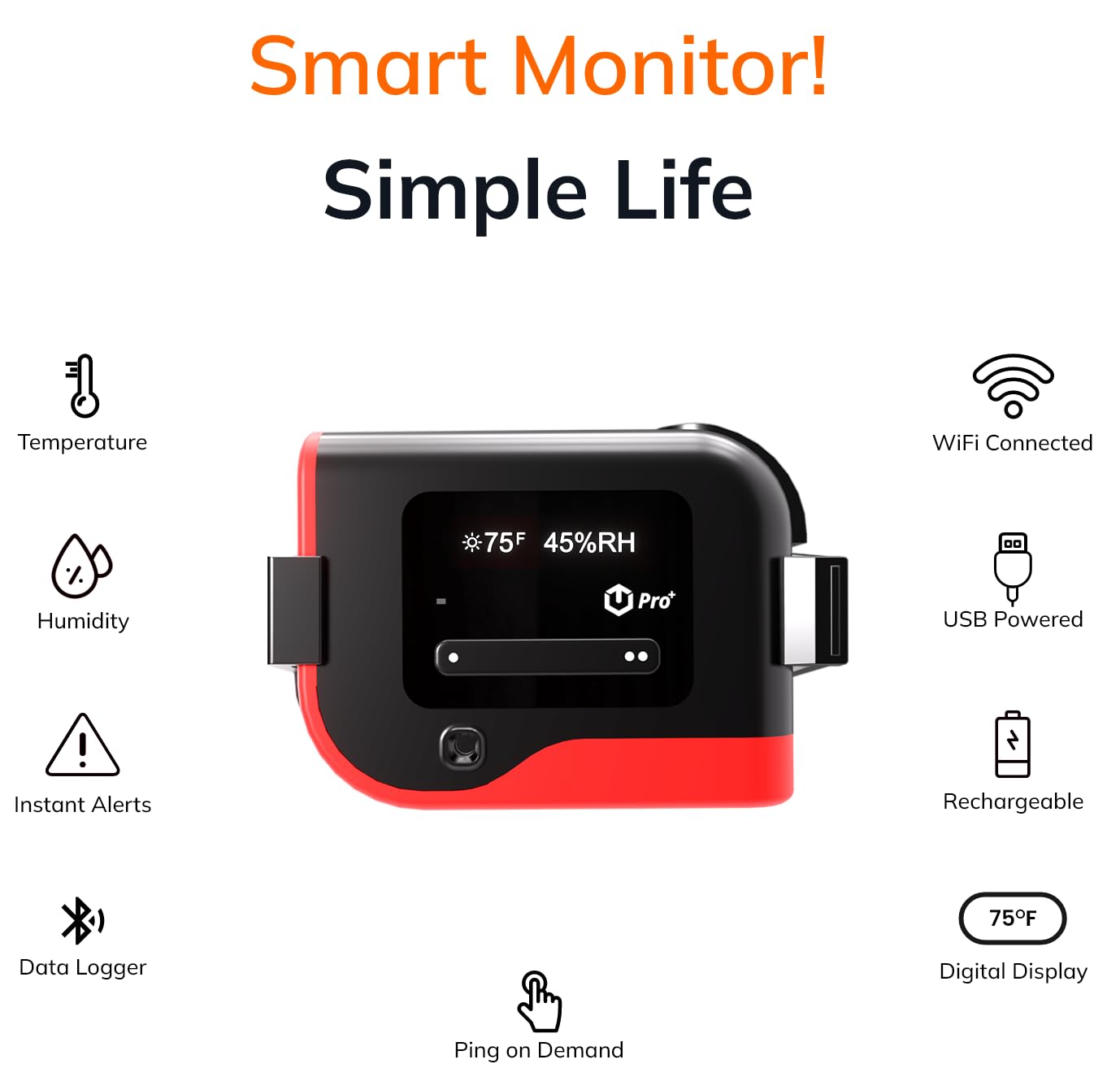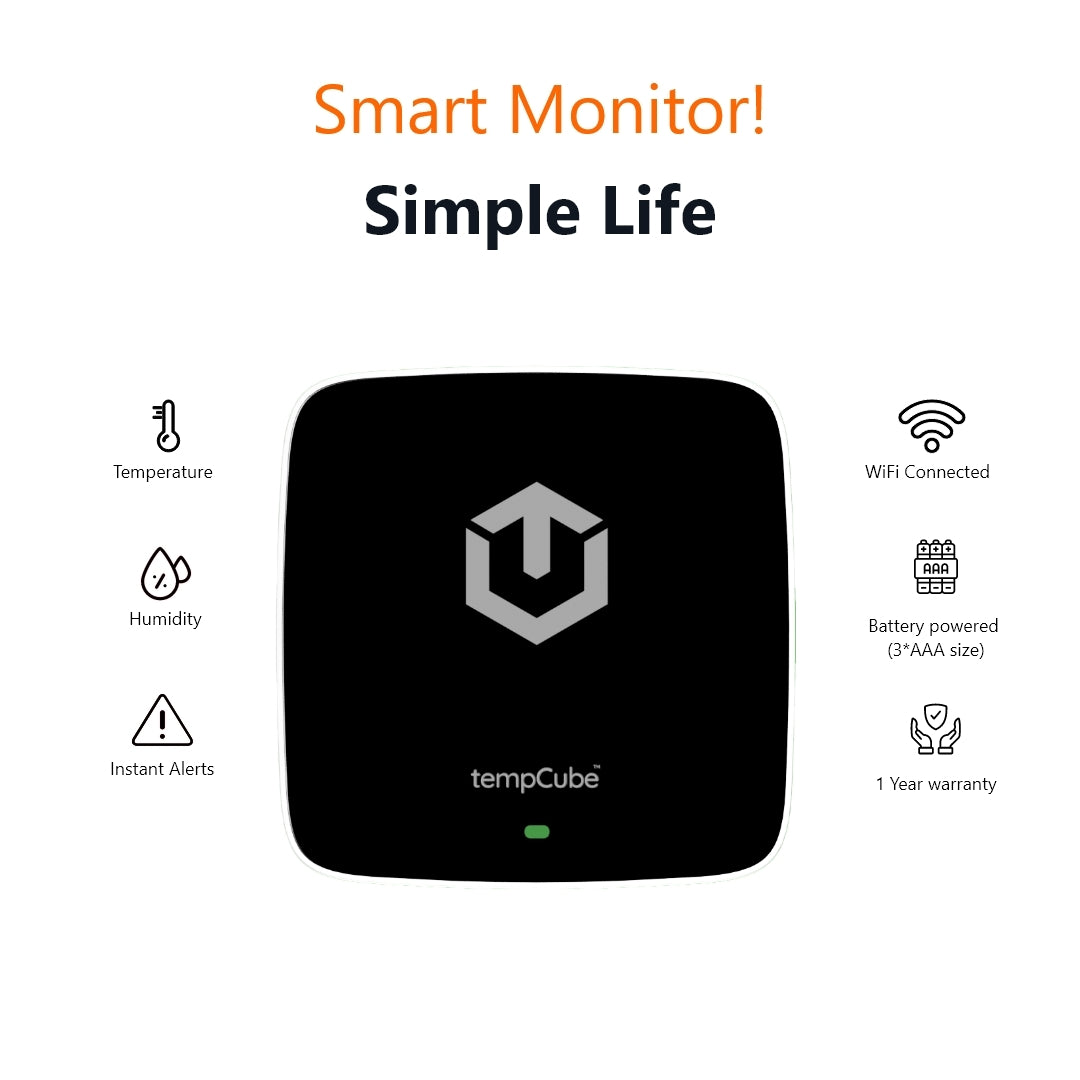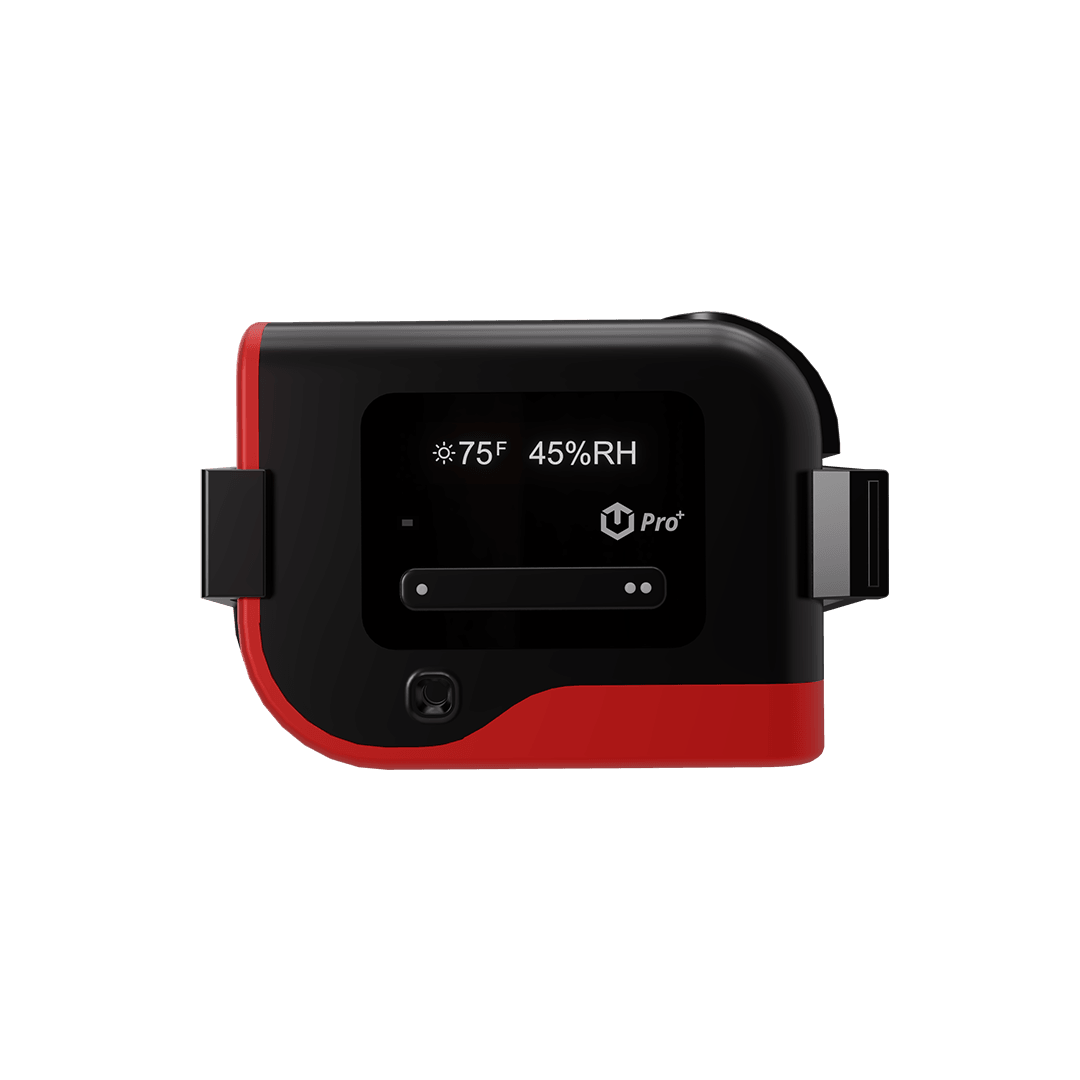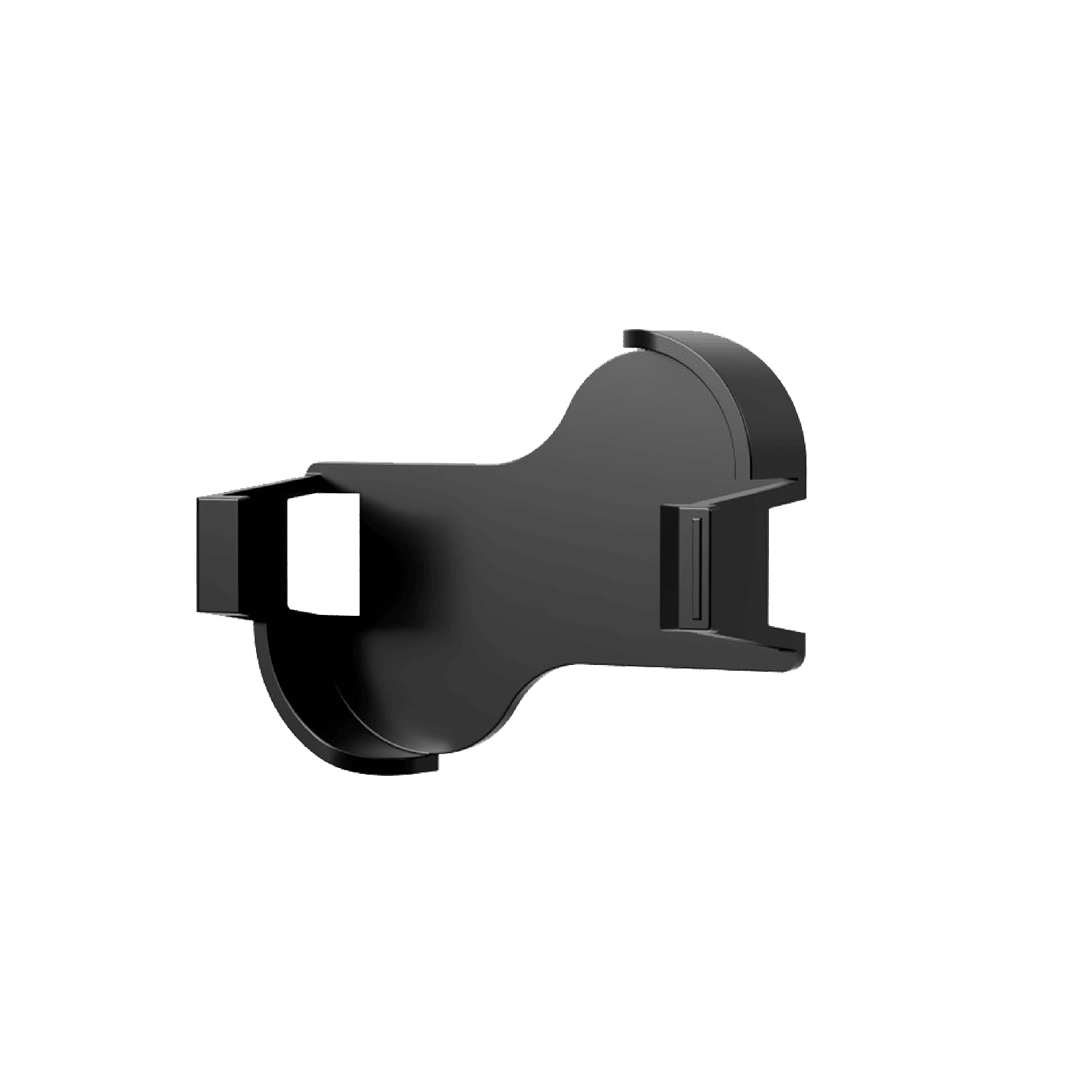Temperature control is crucial in the retail industry, especially when it comes to refrigeration systems. Maintaining the right temperature ensures the safety and quality of perishable goods, such as food and pharmaceutical products. In recent years, wireless temperature monitoring solutions have gained popularity in retail refrigeration due to their convenience, accuracy, and real-time data access.
In this blog, we will explore the benefits and applications of wireless temperature monitoring solutions for retail refrigeration. By understanding the advantages and features of these systems, retailers can make informed decisions to enhance food safety, reduce losses, and improve operational efficiency.
The Importance of Temperature Monitoring in Retail Refrigeration
To comprehend the significance of wireless temperature monitoring solutions, it's essential to recognize the critical role temperature plays in retail refrigeration. In this section, we will explore why precise temperature control is vital for preserving the freshness and safety of perishable products.
We will discuss the potential consequences of temperature deviations, including food spoilage, bacterial growth, product loss, and compromised customer satisfaction. Furthermore, we will outline the regulatory requirements and guidelines that govern temperature monitoring in the retail industry.
Understanding Wireless Temperature Monitoring Solutions
This section will provide an overview of wireless temperature monitoring solutions and their components. We will discuss how these systems work, including the wireless sensors, data loggers, and communication protocols used to collect and transmit temperature data.
We will explore the benefits of wireless systems, such as easy installation, flexibility, scalability, and the ability to monitor multiple locations simultaneously. Additionally, we will discuss the importance of data encryption and secure communication to protect sensitive information.
Advantages of Wireless Temperature Monitoring Solutions
Wireless temperature monitoring solutions offer numerous advantages over traditional monitoring methods. In this section, we will delve into the benefits that retailers can reap by adopting wireless systems:
Real-time Monitoring:
Explore the advantages of real-time temperature monitoring, which provides continuous visibility into temperature conditions. We will discuss how instant notifications and alerts enable swift action to prevent temperature excursions and minimize product losses.
Remote Access and Monitoring:
Discuss the convenience of remote access to temperature data, allowing retailers to monitor their refrigeration systems from anywhere. We will explore the benefits of cloud-based platforms and mobile applications that provide easy access to temperature data and analytics.
Data Analysis and Reporting:
Highlight the value of data analysis and reporting in wireless temperature monitoring. We will discuss how analytics tools can help identify temperature trends, detect anomalies, and provide actionable insights to optimize refrigeration operations.
Compliance with Regulatory Standards:
Wireless temperature monitoring solutions facilitate compliance with regulatory standards and guidelines. We will discuss how automated data logging, accurate records, and audit trails simplify the documentation required for regulatory compliance.
Improved Operational Efficiency:
Explore how wireless monitoring systems streamline operational processes and reduce manual efforts. We will discuss the benefits of automated temperature recording, remote diagnostics, and predictive maintenance in optimizing retail refrigeration operations.
Application of Wireless Temperature Monitoring in Retail Refrigeration
This section will highlight the practical applications of wireless temperature monitoring in various retail refrigeration scenarios:
Supermarkets and Grocery Stores:
Discuss the use of wireless temperature monitoring to monitor multiple refrigeration units in supermarkets. We will explore the benefits of centralized data management, predictive maintenance, and compliance with food safety regulations.
Convenience Stores:
Explore how wireless temperature monitoring solutions can benefit smaller retail establishments with limited refrigeration units. We will discuss the advantages of remote access, real-time alerts, and data analytics in ensuring product quality and safety.
Pharmacy and Healthcare Retail:
Discuss the application of wireless temperature monitoring in pharmacies and healthcare retail environments. We will explore how these solutions help maintain the integrity of temperature-sensitive medications, vaccines, and medical supplies, ensuring patient safety.
Case Studies and Success Stories
In this section, we will showcase real-world case studies and success stories of retailers that have implemented wireless temperature monitoring solutions. We will discuss how these businesses have achieved improved food safety, reduced product loss, enhanced customer satisfaction, and gained a competitive edge in the market. These examples will highlight the practical benefits and measurable outcomes of adopting wireless monitoring systems in retail refrigeration.
Considerations for Implementing Wireless Temperature Monitoring Solutions
Implementing wireless temperature monitoring solutions requires careful planning and consideration. In this section, we will discuss important factors to consider when selecting and implementing wireless systems. We will explore aspects such as scalability, compatibility with existing infrastructure, sensor placement, battery life, and integration with other retail systems. Additionally, we will address the importance of staff training and change management to ensure a smooth transition and maximize the benefits of wireless temperature monitoring solutions.
Future Trends and Innovations
This section will explore the future trends and innovations in wireless temperature monitoring solutions for retail refrigeration. We will discuss advancements in sensor technologies, battery efficiency, data analytics, and integration with Internet of Things (IoT) platforms. Furthermore, we will explore emerging concepts such as blockchain integration for enhanced traceability and transparency in temperature monitoring.
Conclusion:
Wireless temperature monitoring solutions have transformed the way retailers monitor and control temperature in their refrigeration systems. By implementing these solutions, retailers can ensure food safety, reduce losses, comply with regulatory standards, and improve operational efficiency.
The advantages of real-time monitoring, remote access, data analysis, and compliance enable retailers to make informed decisions and optimize their refrigeration operations. Let us embrace the benefits of wireless temperature monitoring solutions and revolutionize the way we ensure the safety and quality of perishable products in retail refrigeration.
